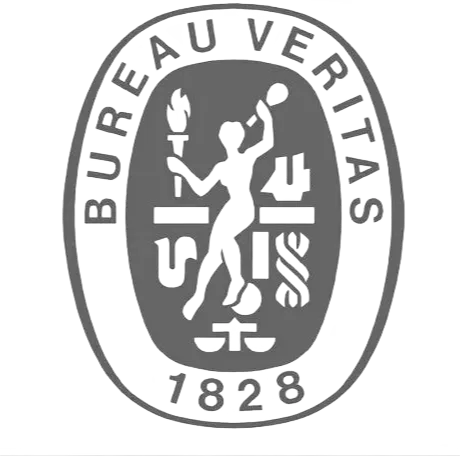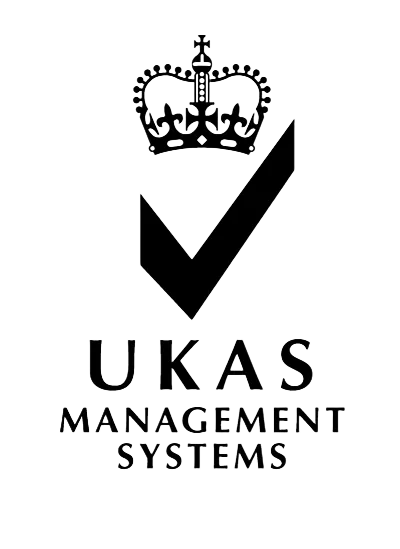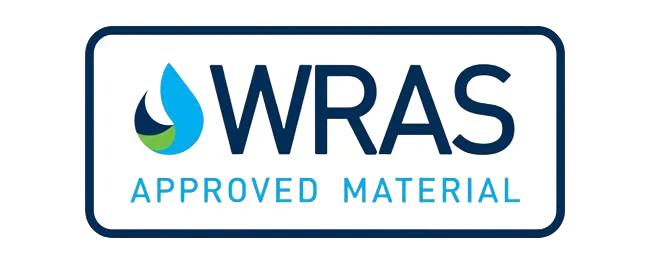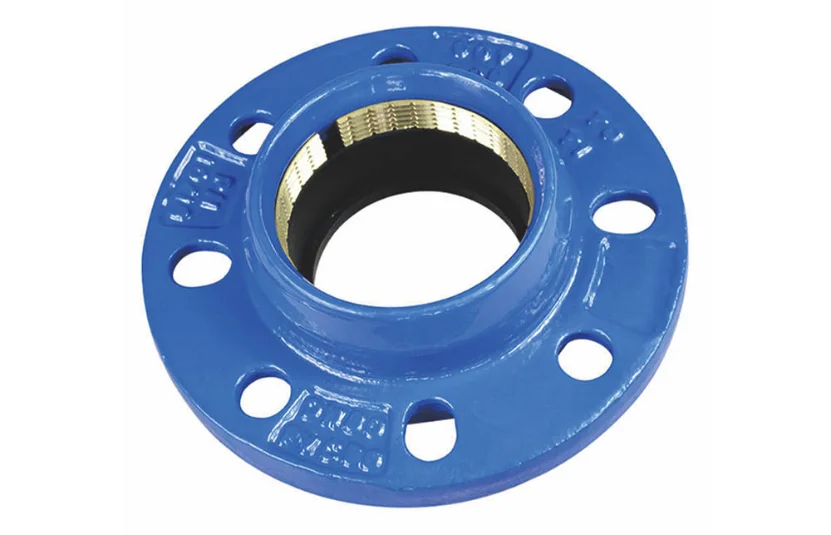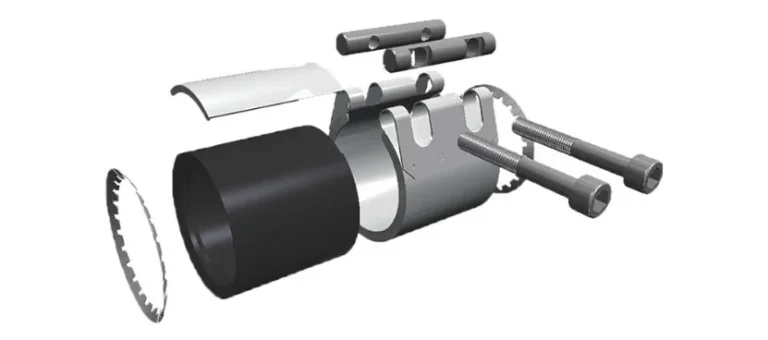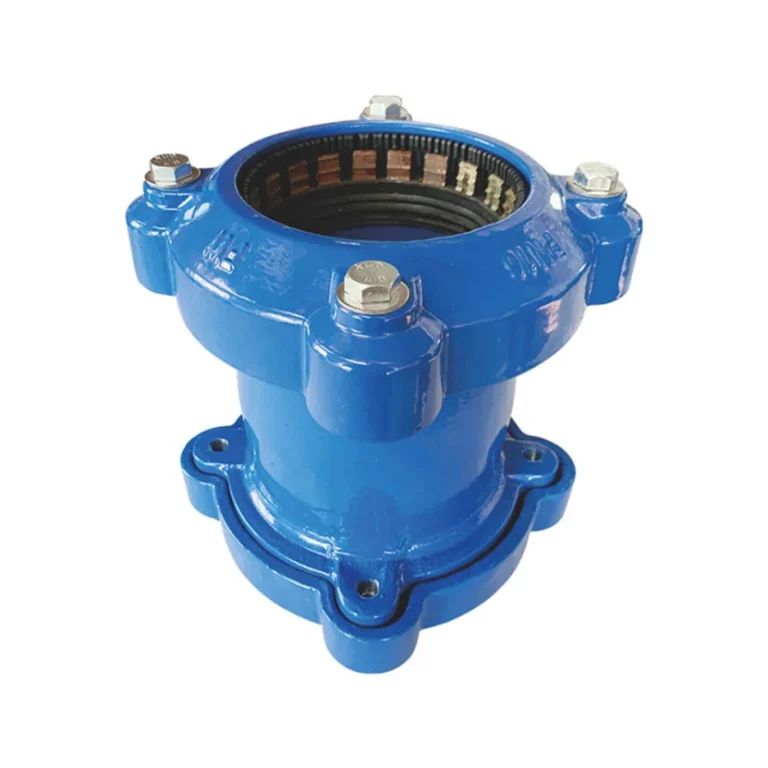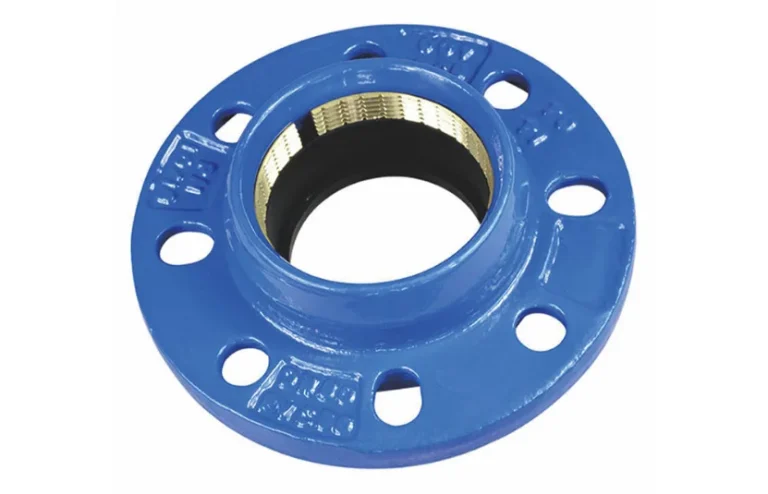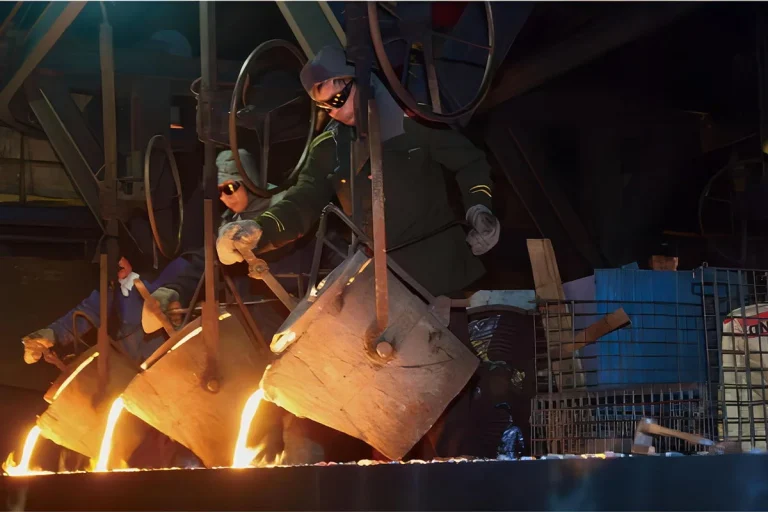Key Differences Between Couplings and Flange Adapters
Structural Differences: Design and Components
Couplings and flange adapters are vital parts in pipeline setups, but their designs and builds vary greatly. Couplings are tube-shaped tools that link two pipes directly. They often use a sleeve-style method to guarantee a snug seal. These parts are usually crafted from materials like stainless steel, cast iron, or PVC, based on the job they’re meant for. Meanwhile, flange adapters come with flat, round edges called flanges. These edges allow bolted links between pipes or other gear. The flange build gives extra strength and is commonly chosen for systems under high pressure.
The main difference lies in how they’re put together. Couplings depend on squeezing or mechanical holds to join pipes. Flange adapters, however, use bolts and gaskets to lock connections in place. This design variation makes couplings smaller and handy for some tasks. Flange adapters shine in cases needing simple takedown and upkeep.
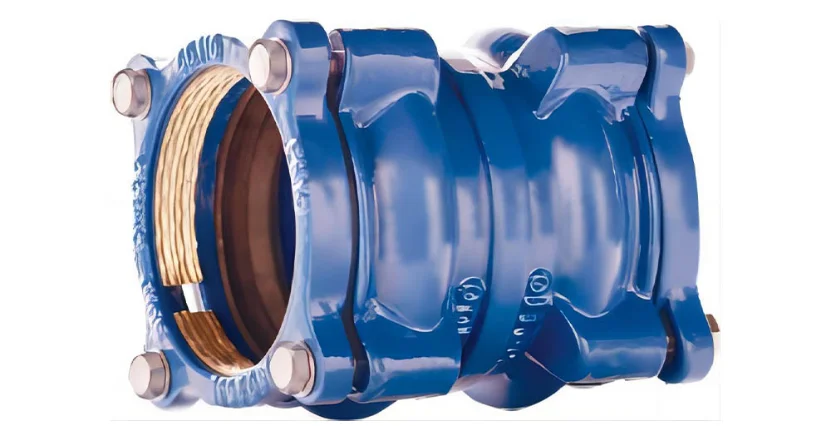
Functional Differences: How Each Component Operates
In terms of purpose, couplings and flange adapters work differently. Couplings aim to form a smooth join between two pipe ends. They do this by pressing them together or using an inner locking system. This creates a tight joint that holds up under different pressures and heat levels.
Flange adapters take a more flexible approach. Their flanges let them connect pipes to other parts, like valves or pumps. The bolted setup allows fast removal when fixes or changes are needed. Couplings focus on being simple and quick to set up. Flange adapters stand out in systems that need regular access or tweaks.
Installation Process: Comparing Ease of Use
For setup, couplings usually win in terms of simplicity due to their basic design. Most coupling styles can be put in place without fancy tools or lots of prep. They’re especially useful in tight spots where moving around is tough.
Flange adapters, though strong and trusty, take more work to install. Lining up the flanges right and fastening them with bolts calls for care and time. Plus, gaskets need exact placement to stop leaks. This makes flange adapters a bit more work-heavy than couplings. Still, they offer lasting toughness and flexibility for upkeep.
Understanding Couplings in Pipeline Systems
Definition and Purpose of Couplings
A coupling is a tool that securely ties two pipe sections in a pipeline system. Its key goal is to keep fluid or gas flowing smoothly while holding the system steady under working pressures. Couplings are crucial for linking pipes of the same width. They can also handle small misalignments or differences with bendable designs.
Types of Couplings Used in Pipelines
Different coupling types are used across industries, each suited to specific needs:
- Rigid Couplings: These give a solid link between pipes. They ensure no shifting happens at the joint.
- Flexible Couplings: Made to soak up shakes and adjust to slight misalignments.
- Compression Couplings: Use pressure rings or seals to form a firm bond.
- Slip Couplings: Slide over damaged parts for easy fixes.
- Grooved Couplings: Have grooves that snap into matching pipe ends for fast setup.
Each kind has a unique role, from boosting system firmness to aiding repairs without halting work.
Applications of Couplings in Various Industries
Couplings are key in many fields:
- Water Distribution: They ensure tight joins in city water networks.
- Oil and Gas: They handle high pressures in lines carrying crude oil or natural gas.
- Chemical Processing: They offer rust-proof options for harsh chemicals.
- HVAC Systems: They link ductwork well while cutting down shakes.
- Construction: They allow fast setup of short-term pipelines at work sites.
Their wide use makes couplings essential for keeping operations smooth across varied industries.
Exploring Flange Adapters
What is a Flange Adapter?
A flange adapter is a special part used in pipeline systems to connect pipes or other equipment. Unlike couplings, which join two pipe ends straight on, flange adapters have flat, round rims known as flanges. These flanges are built for bolted joins, ensuring a firm and leak-free setup. Gaskets between the flanges improve the seal. This makes them fit for high-pressure and high-heat uses. Flange adapters are often made from materials like stainless steel, cast iron, or PVC, depending on their purpose.
Types of Flange Adapters and Their Features
Flange adapters come in several forms to meet different industry needs. Here are some common ones:
Slip-On Flange Adapters: These are simple to install. They slide over the pipe before welding. They’re budget-friendly for low-pressure setups.
Weld Neck Flange Adapters: Built for high-pressure tasks. They’re welded straight to the pipe for top strength and lasting use.
Threaded Flange Adapters: No welding needed. They’re great where welding isn’t practical or wanted.
Blind Flange Adapters: Used to seal off pipeline ends, either for a while or for good.
Lap Joint Flange Adapters: Made of two pieces—a stub end and a backing flange. They’re common in systems needing frequent takedown.
Each type brings special traits, like ease of setup, rust resistance, or fit for pressure changes.
Common Uses of Flange Adapters in Pipeline Systems
Flange adapters are widely used across industries for their flexibility and dependability. They’re found in:
Water Treatment Plants: Linking pipes to pumps and valves with easy upkeep access.
Oil and Gas Industry: Ensuring safe joins in high-pressure lines carrying crude oil or gas.
Chemical Processing Plants: Offering rust-proof options for harsh chemicals.
Power Generation Facilities: Connecting turbines, boilers, and other gear.
Food and Beverage Industry: Keeping things clean with stainless steel flange adapters that resist germs.
Their knack for strong joins and quick takedown makes them vital in places needing regular fixes or changes.
Choosing Between a Coupling and a Flange Adapter for Your Needs
Factors to Consider When Selecting a Component
When picking between a coupling and a flange adapter for your pipeline, weigh these points:
Pressure Needs: For high-pressure setups, flange adapters with bolted joins offer more safety than most couplings.
Ease of Setup: Couplings are simpler to install due to their basic build. They’re great for fast fixes or tight spaces.
Upkeep Needs: If your system needs regular takedown or tweaks, flange adapters give better access.
Material Match: Both come in various materials. Pick based on the fluid and surroundings.
Cost Factors: Couplings may cost less upfront. Flange adapters often save money over time with their toughness and upkeep ease.
Typical Scenarios for Using Couplings vs. Flange Adapters
The choice hinges on the task at hand:
Couplings:
Best for joining same-sized pipes in simple setups.
Often used in city water networks where fast fixes matter.
Fit for HVAC systems needing shake reduction.
Flange Adapters:
Chosen in chemical plants where rust resistance is key.
Common in power plants for linking heavy gear like turbines.
Vital in oil refineries where lines need regular checks.
Both play big roles but thrive in different settings based on their build and abilities.
Frequently Asked Questions
What’s the main difference between a coupling and a flange adapter?
A coupling links two pipes straight on using pressure or locks. A flange adapter uses bolted flanges for easy takedown.
Are flange adapters good for high-pressure settings?
Yes, they’re made for high-pressure systems. Their bolted setup with gaskets ensures no leaks.
Which is more flexible across industries?
Couplings are more adaptable due to their simple design. Yet, they lack the modularity of flange adapters.
Can both handle harsh environments?
Yes, both can be made from rust-proof materials like stainless steel or PVC, based on the job.
Does tailoring improve results?
Yes, custom fits for specific industry needs boost performance by tackling unique challenges well.
The company makes various pipeline joints. It has a skilled R&D team known worldwide for its know-how in pipeline solutions. They craft answers tailored to market needs through fresh ideas and product growth focused on boosting adaptability.

